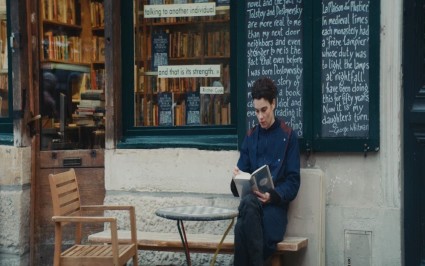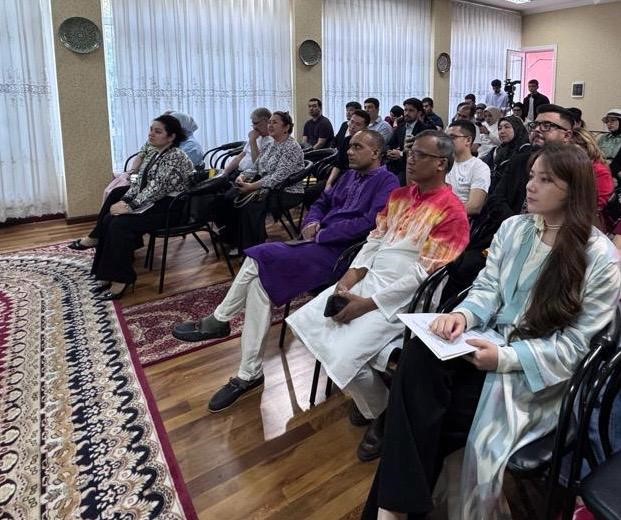The British Museum has helped to recover an important medieval Islamic artefact that surfaced in a London gallery after it was stolen from a monument in Uzbekistan.
The enormous calligraphic glazed tile – half a metre in height – had disappeared in 2014. The decorative Islamic calligraphic tile – 52.5cm (20.7in) high and 30.5cm (12in) across – had been prised off the Chashma-i Ayub monument in Vobkent. Its inscription, within a foliated scroll design, reads: “In the year five and six hundred” – which corresponds to AD1208-09.
Thieves left a gaping hole after they removed it from the magnificent entrance facade of a 12th-century monument, just over 12 miles (20km) from Bukhara, the Unesco world heritage site on the ancient Silk Road route.
The theft was not officially reported, but an Oxford scholar who had recently returned from the historic site spotted it in a catalogue published by the Simon Ray gallery.
Ray, who had bought it in good faith, immediately contacted the British Museum, which describes the tile’s recovery as “dramatic”.
The museum will this week stage an official handover to the Uzbek embassy in London. Abdulla Aripov, Prime Minister of Uzbekistan, has expressed his “sincere gratitude”. The Uzbek government is now committed to restoring the monument.















